Shutter Drag, Motion Blur, and Panning
Clarifying Common Misconceptions
PHOTOGRAPHY PERSPECTIVES


In the world of photography, the nuanced understanding of how we capture motion can deeply enrich the stories we tell through our images. Yet, amidst this technical diversity—motion blur, panning, and shutter drag—there seems to be a swirl of misinformation, especially concerning what shutter drag truly entails. It’s crucial we clear up these misconceptions to empower photographers to use these techniques wisely and appropriately.
Motion Blur: Capturing the Flow
Motion blur is created when the subject or elements within the frame move while the shutter is open, resulting in a visible streak or blur. This technique emphasises the direction and speed of movement, with the background typically remaining static and sharp, or, as in the example photo, a moving background and a static foreground. It's a method that effectively portrays speed and action, regardless of whether the movement is vertical, horizontal, or any other direction.
Panning: Matching the Movement
Panning is a dynamic technique where the camera moves at the same speed as the moving subject. The result is a sharp subject against a motion-blurred background. This technique brilliantly conveys the feeling of movement and speed, making the subject stand out against a beautifully blurred backdrop.
Shutter Drag: More Than Just a Blur
Shutter drag often falls victim to being lumped together with motion blur and panning, but it’s distinct because it incorporates the use of flash. While it does use a slow shutter speed like the other techniques, the critical addition is the flash that fires during the exposure. This burst of light freezes part of the scene—typically the main subject—against a backdrop that captures the ambient motion as blur. This combination allows for sharp details in the subject with a blurred environment, offering a dramatic, visually layered effect.




A Note on Authenticity in Street Photography
In street photography communities, where authenticity and the capture of natural scenes are paramount, it’s important to note that they may not approve images created with shutter drag. The technique, while creative and striking, introduces an element of artificiality through the use of flash, altering the scene’s natural lighting conditions.
Addressing Misinformation
There's considerable confusion online regarding these terms, with many sources incorrectly using "shutter drag" interchangeably with motion blur or panning. Let’s set the record straight: shutter drag is uniquely characterised by its combination of slow shutter speed and the strategic use of flash. It’s a sophisticated technique that requires not just an understanding of exposure, but also of how light interacts with movement.
© Peter Pickering 2024. www.peterpickering.com






